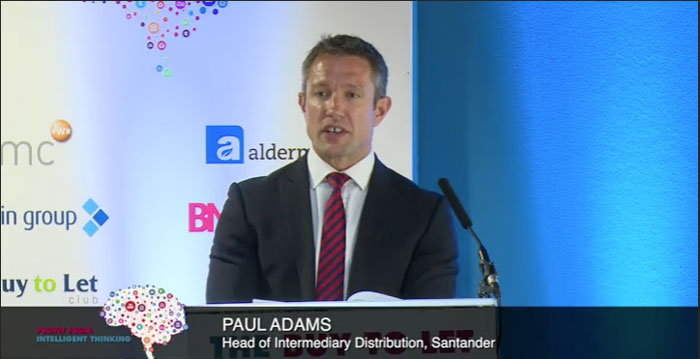Speaking to an audience of 120 brokers at The Buy To Let Market Forum in Birmingham, head of intermediary distribution Paul Adams said Santander had a big appetite to lend in the buy-to-let market this year and needed brokers on the front line to combat fraud.
The most recent study, carried out in 2011, on the cost of fraud to the industry revealed a bill in excess of £1bn.
The Financial Conduct Authority (FCA), in past reviews of fraud in the sector, described mortgage fraud as a ‘resilient phenomenon’ even during the lending crisis of 2007. Adams said this was the FCA’s way of indicating that it was unlikely the sector would ever beat fraud altogether.
Growth in the buy-to-let market, while being celebrated, was raised as a point of concern when it came to weeding out dishonest applications for finance.
“As the market grows so does the perception that there are significant gains to be made from property investment which attract the less than genuine investor,” said Adams.
Brokers were warned about the risks posed by non-face-to-face business.
“It must be really flattering when somebody calls you out of the blue wanting to deal with you,” said Adams. “I imagine all of you have great websites which attract new customers and there’s nothing wrong with that. But, if you have somebody calling out of the blue it is worth asking those questions around how they got your information and who referred them on particularly if you’re in Birmingham and they are down in the South East somewhere. Why are they wanting to deal with you at a distance? Fraudsters do like to keep their distance and like to do things on a non-face-to-face basis.”
Santander’s tips for brokers to spot fraud lie in the principle of thinking like an underwriter and going with your gut feeling. Sense-checking mortgage applications to consider whether the set of circumstances were plausible was recommended for all cases.
Talking to the borrower’s employer if the payslip doesn’t look right, thinking about the plausibility of a large deposit from a young couple and having a look at your customer’s bank statements were raised as examples of plausibility checks.
















